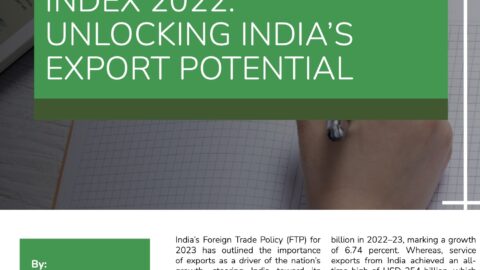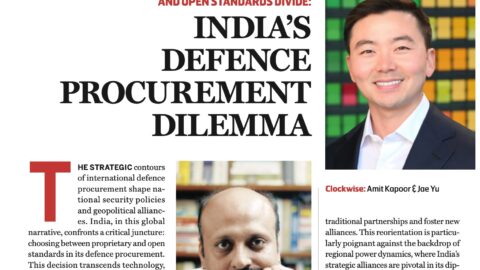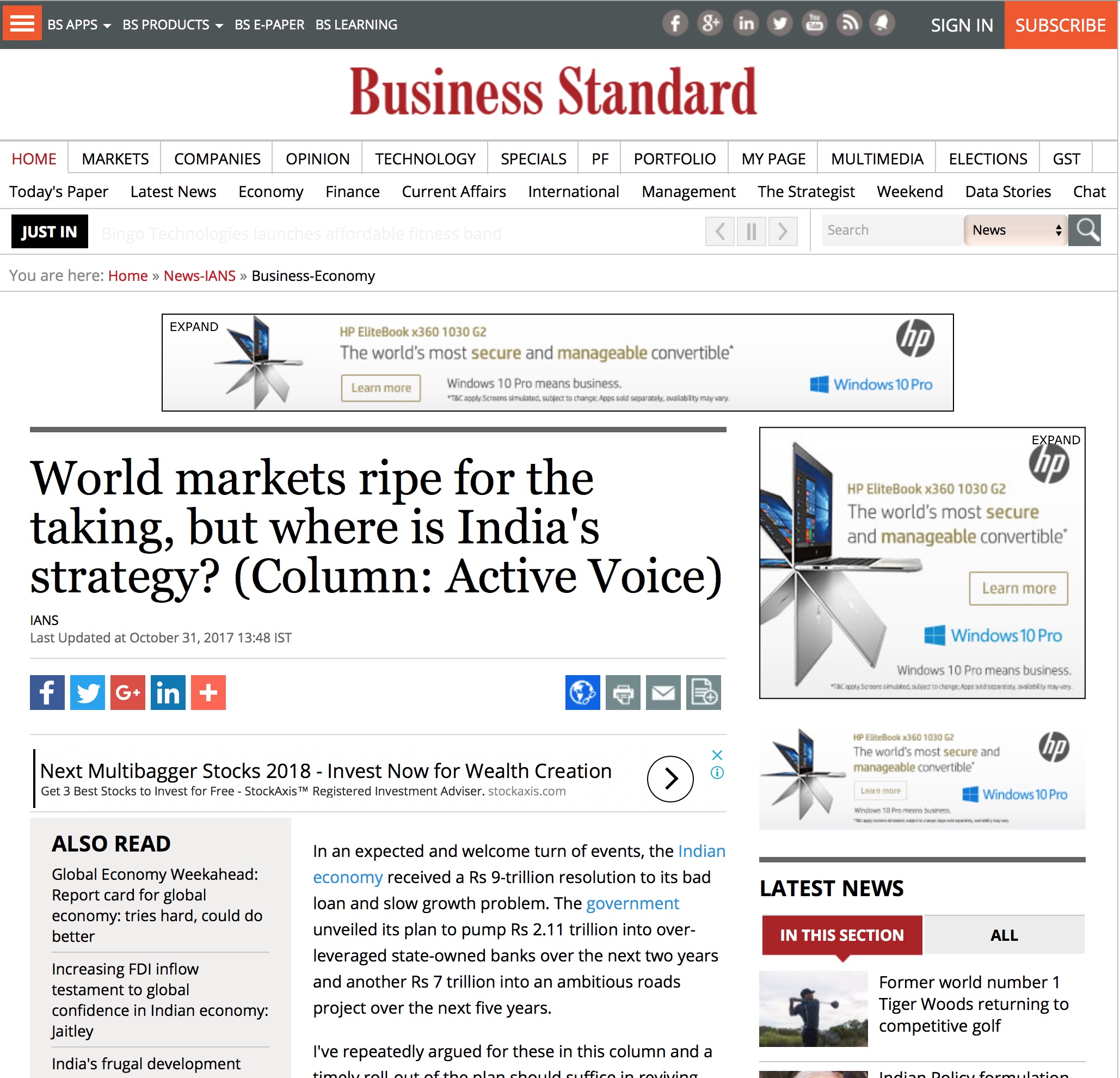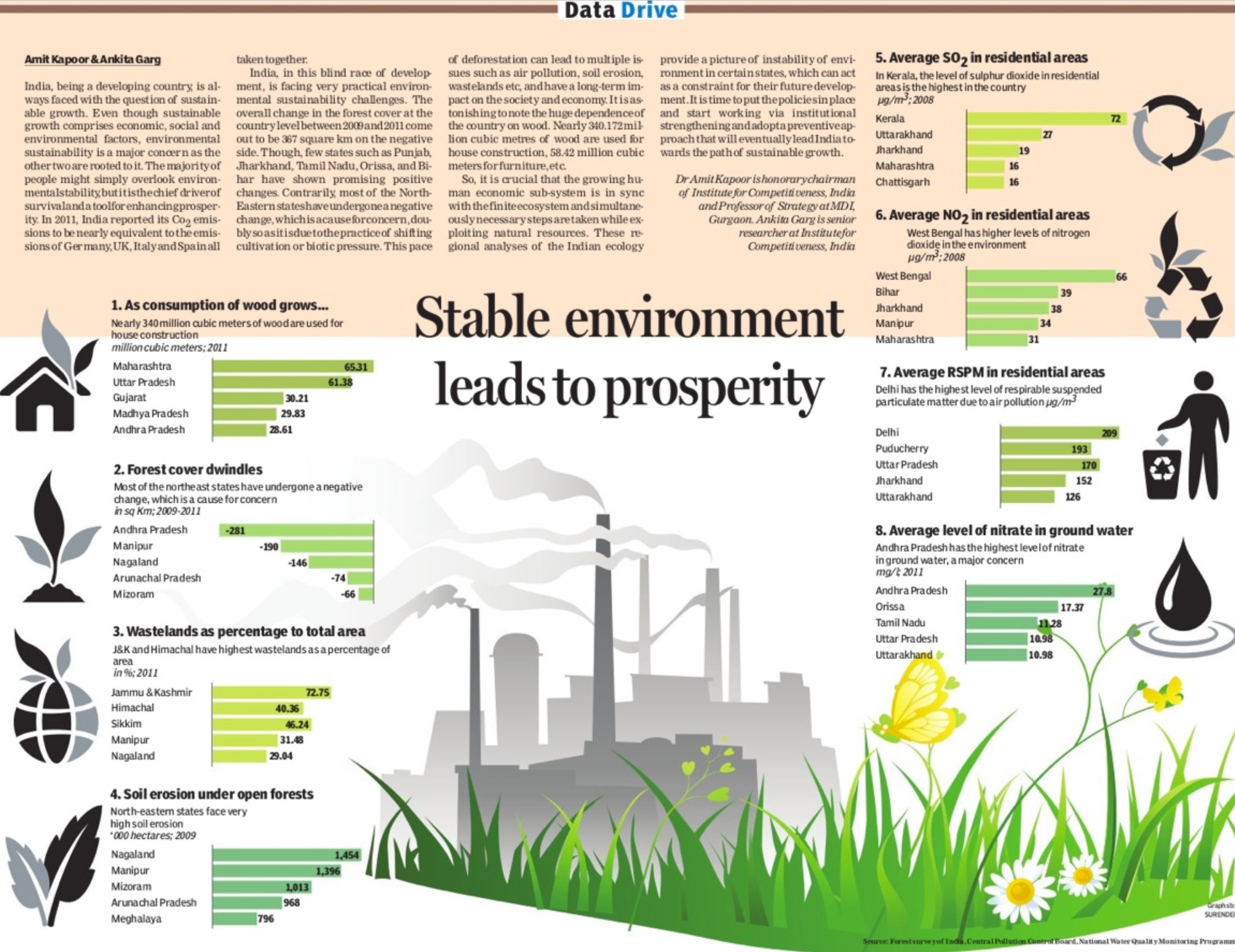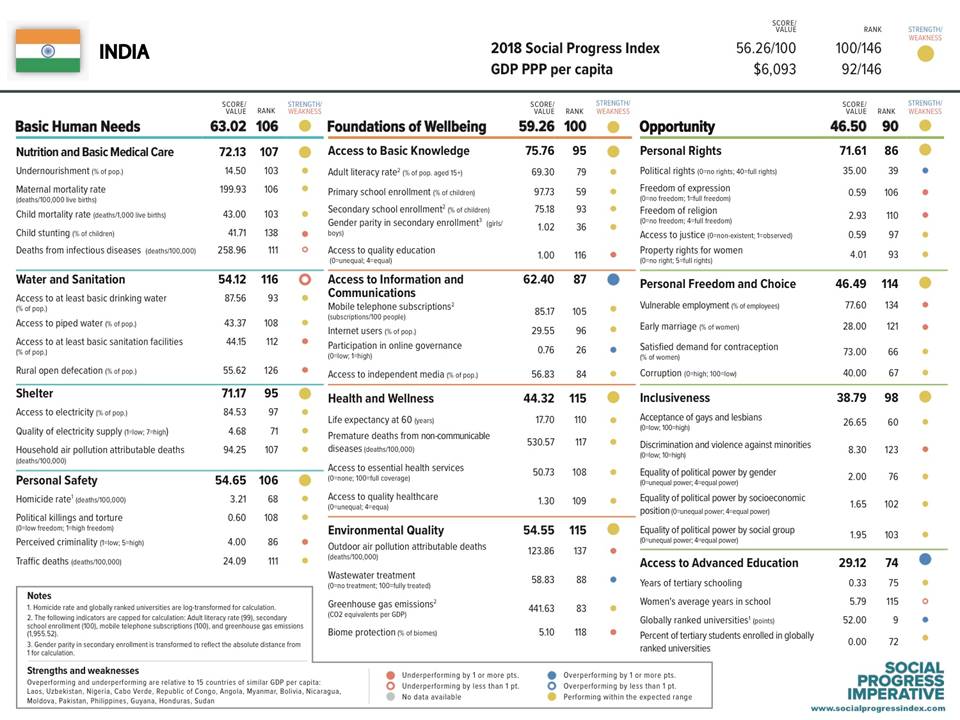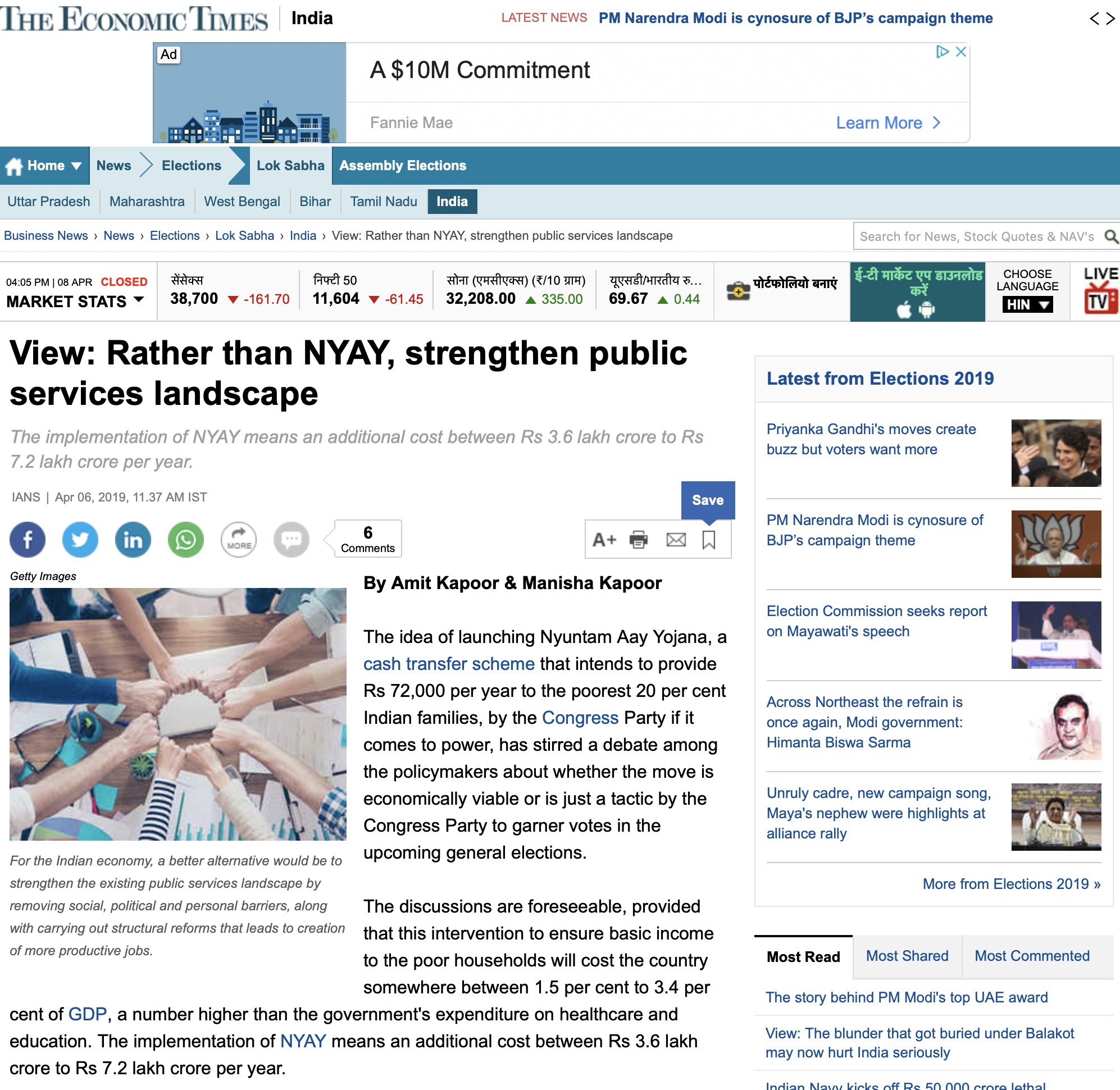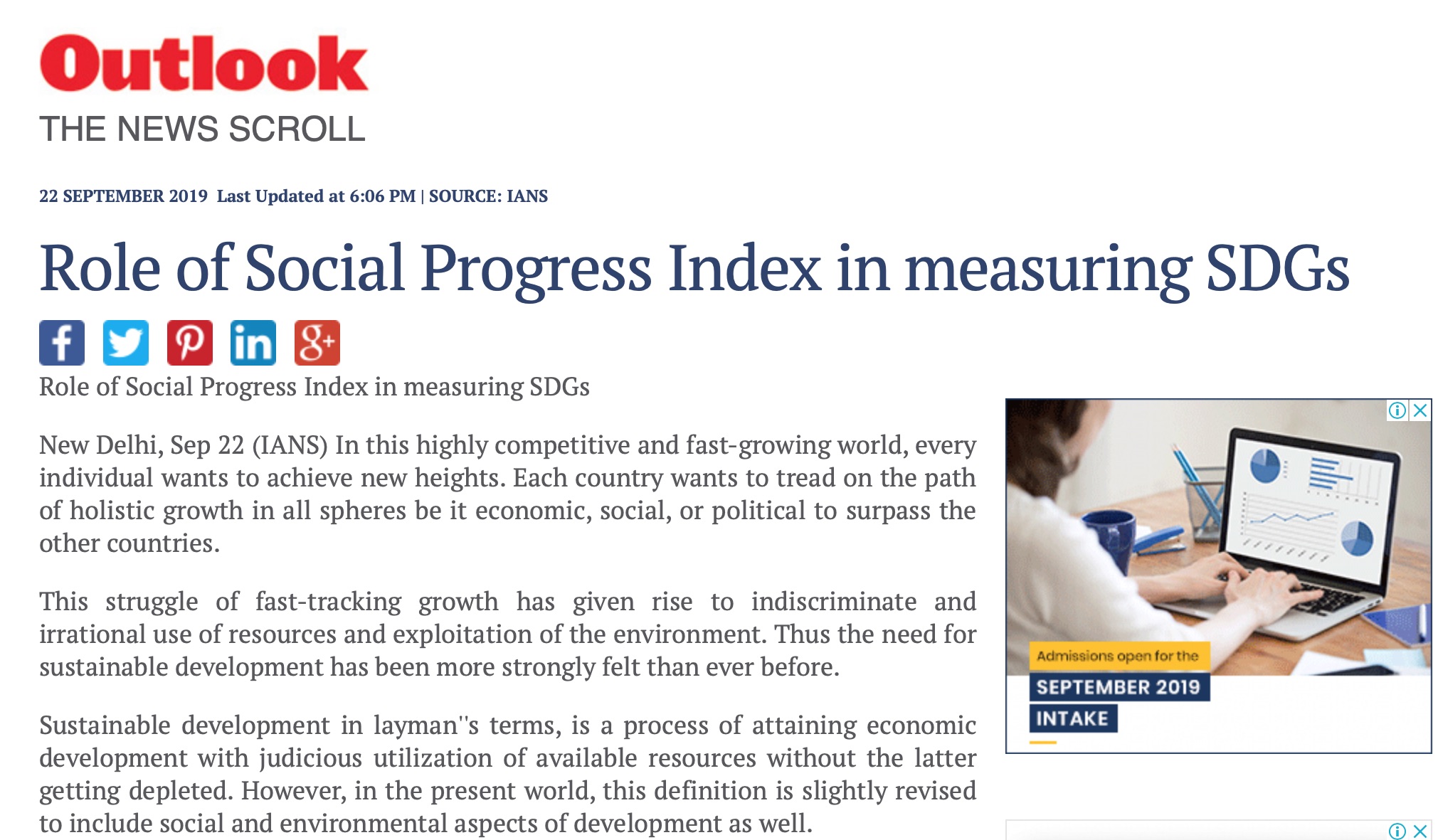By Dr. Amit Kapoor & Jae Yu
In the evolving landscape of global power dynamics, a fundamental transformation is underway, transitioning from traditional military dominion to the nuanced supremacy of technological prowess. This shift underlines the pivotal role of digital sovereignty as nations across the globe strive to fortify their informational and economic spheres against external intrusions and manipulations. This article explores the stark technological divergences between the global powers, digs into the nuanced geopolitics of sanctions, and uncovers the emerging forms of conflict that are redefining the paradigms of international relations.
China’s meteoric rise as a global technological powerhouse is a testament to its strategic foresight and substantial investment in the sector. The “Made in China 2025” initiative highlights this approach, aiming to position China at the forefront of global technological innovation, particularly in the semiconductor industry. A notable manifestation of this ambition is Huawei’s leadership in 5G technology development, which not only signifies China’s quest for technological dominance but also its potential to reshape global telecommunications infrastructures and standards.
In contrast, Russia’s technological landscape presents a different picture. Despite possessing advanced military technologies, Russia’s engagement in the commercial technology sector, especially in semiconductor production, remains limited. This strategic focus reflects a prioritization of defensive cyber capabilities and stringent information control within its own borders, illustrating a distinct approach to harnessing technology for geopolitical leverage.
The international community’s nuanced response to the technological ambitions of China and Russia highlights the complexities inherent in modern geopolitics. The readiness to impose sanctions on Russia, juxtaposed with the cautious approach towards China, emphasizes the delicate balance of economic interdependencies and strategic interests. The involvement of international bodies, such as the United Nations and the World Trade Organization, in mediating trade tensions and technology-related disputes further emphasizes the intricate web of global supply chain relationships and the pressing need for diplomatic agility in technology diplomacy.
The concept of hybrid warfare marks a significant evolution in geopolitical strategies, blending conventional military tactics with sophisticated cyber operations. This strategic innovation reflects a broader shift towards utilizing technological interference as a means of achieving geopolitical objectives, with notable examples including the United States’ concerns over technological espionage and the global debate surrounding the security implications of foreign technology platforms like TikTok.
The transformation in the nature of conflict, with an increasing reliance on drones, autonomous weapons systems, and information warfare, signifies a departure from traditional forms of warfare. The ethical, regulatory, and strategic challenges posed by these advancements, especially in the context of artificial intelligence’s role in military applications, stress the critical importance of technological superiority in contemporary global power dynamics.
The competition for narrative control has emerged as a central battleground in international relations. The strategic use of information to influence public opinion and political outcomes has highlighted the power of media and technology platforms in shaping global perceptions. The advent of advanced technologies, such as social media and deepfakes, introduces new vulnerabilities in the fight against misinformation, emphasizing the need for robust mechanisms to protect the integrity of digital discourse.
The semiconductor industry stands at the heart of the technological and geopolitical shifts reshaping the global order. Its strategic significance extends beyond economic metrics, encompassing the very essence of military and technological dominance. The vulnerabilities exposed by the COVID-19 pandemic have catalyzed a global re-evaluation of semiconductor supply chains, sparking initiatives aimed at achieving technological self-reliance and securing a competitive edge in the future technological landscape.
The democratization of technology presents an unprecedented opportunity for smaller nations to exert influence on the global stage, challenging the traditional metrics of power. The emergence of international collaborations and alliances, exemplified by the technological partnerships within the QUAD, highlights a collective effort to establish technological standards and counteract the dominance of major powers.
The relentless march towards technological supremacy as the primary determinant of global power dynamics is irrefutable. As nations navigate this intricate landscape, the balance of power will increasingly hinge on the adept mastery of technological innovation and the strategic manipulation of information. Looking ahead, the dawn of quantum computing, space technology, and other emerging trends promises to further revolutionize the strategies and alliances that define international relations, heralding a new era of geopolitical competition and cooperation.
The article was published with Business World on May 8, 2024.

